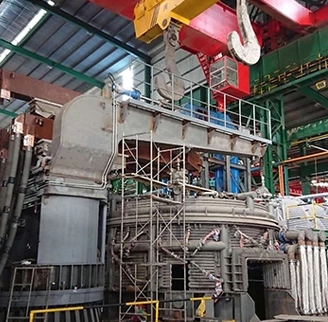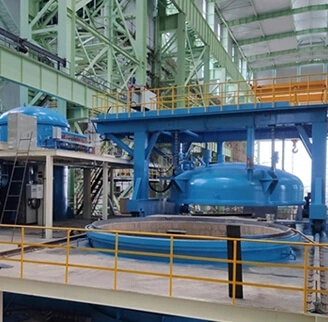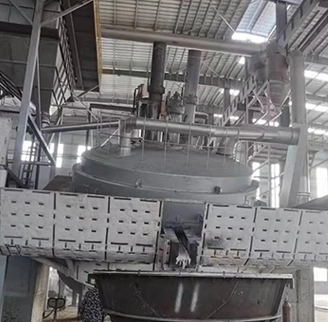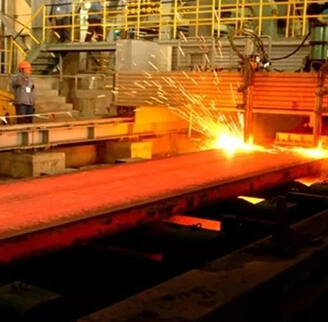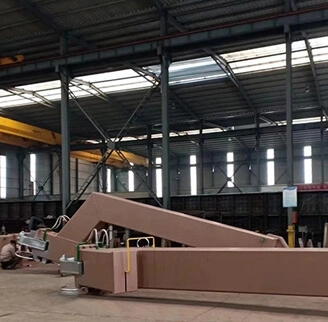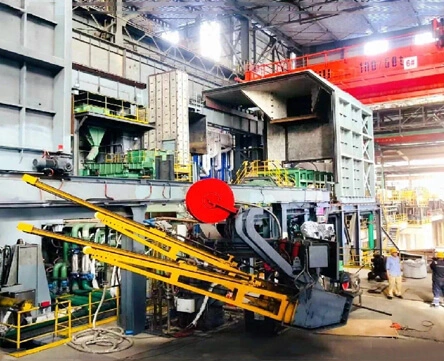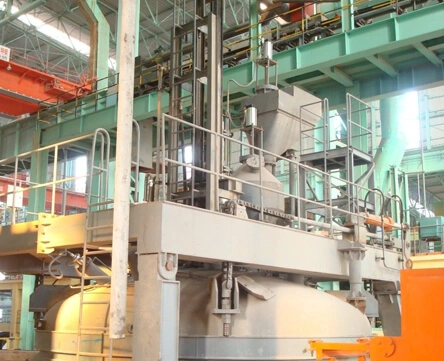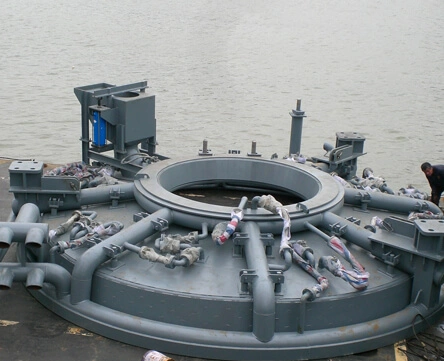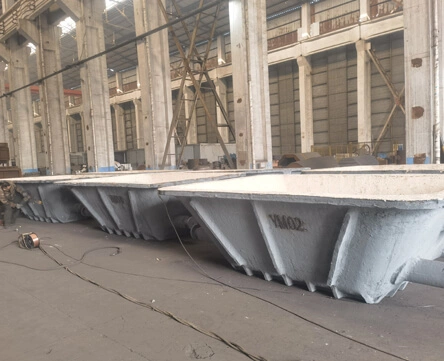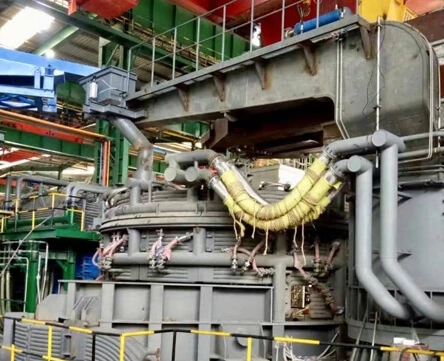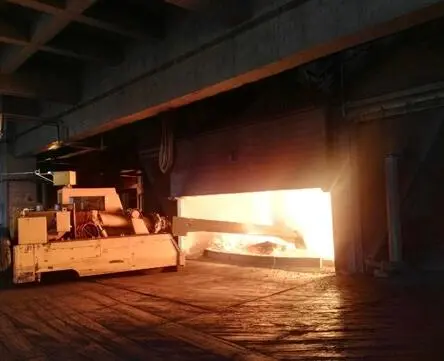In the ever-evolving landscape of electrical engineering and industrial applications, the technology behind water-cooled cables stands out as a pioneering solution for managing heat and optimizing performance. This innovative approach to cable cooling relies on the circulation of water through specially designed channels within the cable, transforming the way power is transmitted and dissipated. Let's delve into the intricacies of the technology behind water-cooled cables and explore the advantages they bring to various industries with steel furnace manufacturers.
Internal Channel Design: The Cooling Conduit
Innovative Water Pathways:The core of water-cooled cable technology lies in the design of internal channels within the cable structure. These channels serve as conduits for the circulation of water, creating a direct and efficient cooling mechanism. The pathways are strategically positioned to envelop the conductors, ensuring that the heat generated during electrical transmission is swiftly and effectively dissipated.
Enhanced Heat Transfer:Unlike traditional cables that rely on external methods of heat dissipation, water-cooled cables maximize heat transfer by utilizing the superior thermal conductivity of water. As water flows through the channels, it absorbs the heat generated by the electrical current, preventing the cable from overheating and maintaining optimal operating temperatures. This internal cooling process significantly enhances the cable's overall performance and longevity.
Adaptable Applications: From Heavy Industry to High-Tech
Industrial Powerhouses: As one of the furnace spare parts, water-cooled cables find widespread use in heavy industries where high-power applications demand efficient heat management. Industries such as metal smelting, glass manufacturing, and steel production rely on the robust cooling capabilities of water-cooled cables to ensure continuous and reliable operation of electrical systems. The ability to handle substantial power loads without compromising on safety makes water-cooled cables indispensable in these demanding environments.
High-Tech Precision:Beyond heavy industry, water-cooled cables have also carved a niche in high-tech applications where precision and reliability are paramount. Laser cutting and welding machines, plasma cutting systems, and medical equipment utilize water-cooled cables to maintain the stability of electrical systems during intricate and delicate operations. The precision offered by water cooled cable for furnace ensures that critical processes can unfold seamlessly without the risk of electrical malfunctions due to overheating.
Efficiency and Sustainability: A Liquid Solution
Energy Efficiency Advantages:The technology behind water-cooled cables aligns with the broader goal of energy efficiency. By effectively managing heat within the cable structure, these systems reduce the need for additional cooling measures, such as external fans or air conditioning. This intrinsic efficiency not only enhances the performance of the cable but also contributes to overall energy savings in industrial settings.
Sustainable Heat Management:Water-cooled cables offer a sustainable approach to heat management, leveraging water as a natural and readily available cooling medium. The closed-loop water circulation systems employed in these cables minimize water consumption and environmental impact. This sustainable design aligns with modern industrial practices focused on reducing resource consumption and minimizing the ecological footprint of manufacturing processes.
In conclusion, the technology behind water-cooled cables represents a liquid innovation in the field of electrical transmission. The integration of internal channels for water circulation enhances heat transfer, making these cables a vital component in industries where power efficiency and reliability are critical. From heavy industrial applications to high-tech precision machinery, water-cooled cables are reshaping the landscape of electrical engineering, offering a sustainable and efficient solution for managing the demands of modern power transmission systems. As industries continue to seek advancements in performance and sustainability, the technology behind water-cooled cables stands as a testament to the power of innovation in optimizing electrical infrastructure.
 back homepage
back homepage
 EN
EN
 fr
fr  ar
ar  fa
fa 